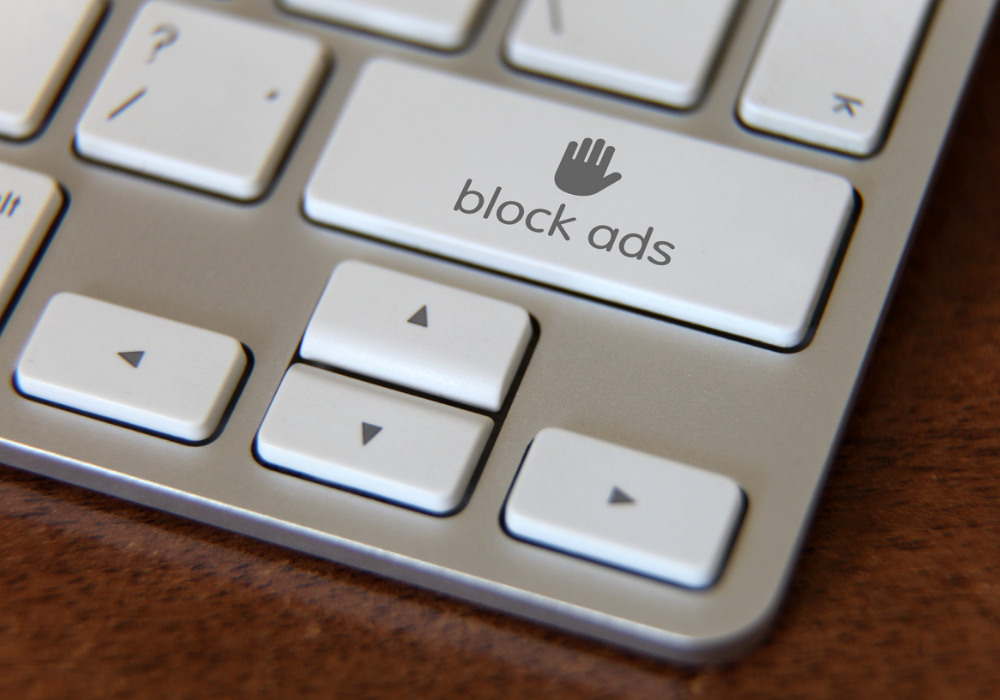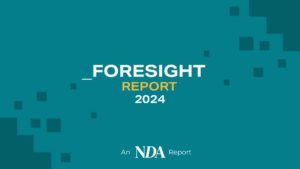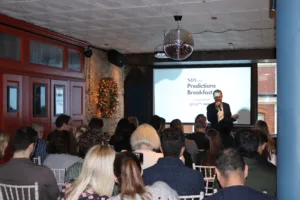By Durrah Taqiah, content marketer and copywriter in the monetization unit at eyeo
Over sixteen months ago when COVID-19 hit, the ad industry was confronted with uncertainty never before faced. Disbelief was everywhere; nobody could predict how long it would last and when things would go back to normal. Agencies faced difficulties, ad budgets were reduced, CPMs decreased and people were losing their jobs,
Even today, things are hardly back to ‘normal’, just the ‘new’ normal, an expression banded about since the subsidence of the second wave of COVID-19. Many of us have invented ways to enable business continuity by working around the virus and the imposed restrictions – albeit at a lower capacity than usual.
Last year, we wrote about the effect of the pandemic on advertising, the difficulties to cope, and ways to deal with failing CPMs. Now that things have steadied in that market, and in some cases, turned out better as a result of an increase in internet consumption due to the pandemic, it’s an interesting time to look back. What was 2020 like for the ad industry, and how did ad blocking evolve during this complicated time?
Trends observed
In the first half of 2020, there was a 36 percent reduction in media budgets in global markets due to COVID-19. That percentage ranged between 24 to 31 percent by year-end.
With more people forced to stay indoors, there was a natural surge in digital consumption. People relied heavily on the internet, social media and streaming services in their day-to-day activities, which meant ad agencies had to adapt, with many prioritizing digital advertising in response. There was also the rapid change in consumer behaviour that marketers had to match. After all, with all the changes, it only makes sense that marketers had no reason to keep to the same tactics.
So where did that leave ad blocking?
In comparison to 2018, it seemed that ad-blocking usage dropped in 2020 as a result of fewer people browsing on desktops (according to reports in Q3 2020) Ad blocking also shifted predominantly into ad filtering – which if you’ve been following, is the more modern, sustainable version of ad-blocking, by which most ad blockers allow noninvasive ads to pass through.
However, the newest adblock report, published in May 2021 by Blockthrough, shows that ad-blocking rates had actually increased in 2020.
Interestingly, COVID-19 seemed to have driven a growth in desktop ad blocking by 8%, with presently around 257 million monthly active users blocking ads on desktop. Mobile ad blocking is also up by 10%, with 586 million people blocking ads on mobile devices.
What has stayed the same?
This increase in ad blocking and ad filtering reinforces the point that people are still blocking or filtering ads because there are too many intrusive and irrelevant ads online.
According to GlobalWebIndex (GWI):
- 21.6% of users use ad blockers because ads are too intrusive
- 24.5% say that many ads are annoying or irrelevant
- 31.8% describe ads as excessive
In 2020, user experience still mattered, and ad relevance was more important.
Brands were ever more conscious of the call for ad relevance as consumers demanded actions, with users becoming more vocal that ads that block access to content were irrelevant, or excessive ads can lead to a negative impact of the brand.
Today’s consumer
They are tired of being inundated with intrusive ads and are taking back control of their online experience. We know this because the over 200 million Acceptable Ads ad-filtering users speak for themselves, and they do consent to seeing some ads, as long as they’re user friendly and nonintrusive. These users are ‘ad aware’ and recognise the value exchange that needs to happen to keep the web open and free. Acceptable Ads supports a fair and sustainable exchange between users, publishers and advertisers.
We’ve learned from 2020 the vital role consumers play in the evolution of ad blockers and advertising success. If marketers want to keep up with changing consumer demands and keep competitive, it’s time to look into what ad-filtering users honestly think about ads and the reasons why they’ve left the toggle on for ad blockers. We’ve written all about ad-filtering users so you don’t have to search far and wide for more information. Check out this blog to learn more about them









